knowledge
How to Change a Habit and Optimize Your Life

How To Change A Habit And Optimize Your Life

Have you ever tried to form a new habit or — even harder — break an old one? Many of us start with the best intentions, only to find ourselves back in the same old routine one week later. In this post, we’ll help break down why habits are hard to form and change, and we’ll offer some steps you can take to make the process easier.
First, habits are the small, seemingly incidental decisions we make and the actions we perform everyday. They are behaviors we rarely think about and that occur almost automatically, helping us carry out essential activities in the case of good habits (brushing your teeth, setting an alarm before bed) or affecting us negatively in the case of bad habits (sleeping in, overspending, making poor food choices). Our lives, as they are today, are essentially the sum of our habits. Sounds simple enough, right? So why are new habits so hard to form, and why are old habits so hard to break?
Understanding the Science
Habits are hard to form and break for two reasons:
#1 We don’t understand how habits are structured or how to leverage that structure to our advantage
#2 We attempt to do too much too soon, setting ourselves up for failure.
The foundation of every single habit we’ve developed (good or bad) is based on a simple structure, involving a cue (or trigger), the action we take, and the reward we get.
The Cue:
This is the trigger for your brain to initiate a behavior. The prompt comes from either your internal or external environment and predicts a reward. An example of a cue would be walking by your favorite restaurant. The cue is seeing the restaurant or smelling your favorite food. Your brain predicts that if you go into the restaurant, it will be rewarded with a tasty meal.
The Action:
This is the part of the habit cycle where a decision is made and the action is taken. After walking by your favorite restaurant (receiving the cue), you are prompted to take action to get the reward. Prior to the action, you may feel an intense desire (craving) for the reward. You either choose to go into the restaurant and order a meal or go home and cook the food you took out of the freezer this morning.
The Reward:

Your brain receives a reward for acting on the cue and taking the desired action (or not, as you will see further down). This is the final step in the habit structure and is the strongest contributing factor in creating new habits and breaking old ones.
Unfortunately for us, the most addictive and destructive habits have strong, built-in reward systems that happen automatically. Smoking a cigarette, eating sugary or high-carb and heavily processed foods, or watching too much TV are all easy habits to adopt because they flood your brain with dopamine and other neurotransmitters responsible for the feeling of pleasure. These actions/substances naturally reward your brain and encourage you to continue the behavior even though they are detrimental to your overall health and well being.
Instant Gratification
Many positive habits such as exercise, healthy eating, and meditation don’t always have immediate rewards or they aren’t as strong as the ones automatically built-in with the negative behaviors.

After continued practice, positive behaviors can become rewarding activities that naturally stimulate your brain in the same way negative behaviors do, but they need a little bit of help to get started.
The key? Reward yourself adequately and appropriately for taking action on a beneficial habit!
You may find yourself asking, “If rewards are the key to creating new habits and breaking old ones, why haven’t they worked for me before?” If you’re anything like me, it’s likely that you’ve been using long-term reward systems over immediate ones.
I can’t even count the number of times I’ve told myself, “If I get to my goal weight and stay there for a whole year, I’ll get that tummy tuck that I so desperately want.” Maybe you’ve promised yourself a new wardrobe or a vacation after you’ve hit your goal. The problem with these types of rewards is that by themselves, they’re too big and too far into the future to have much of an effect on the present.
Studies show that people primarily pursue long-term goals, such as exercising or losing weight, to receive delayed rewards like improved health or a new wardrobe. However, it’s been found that the presence of immediate rewards is a stronger predictor of persistence and adherence to goal-related activities than the presence of delayed rewards.
Think of it like this: Would you rather have a guaranteed $20 bucks given to you right now, or the possibility of getting $100 bucks sometime in the future?
Most people would take the guaranteed money and run. You’re choosing something that’s sure now rather than choosing something that’s unsure in the future.
We need to reward ourselves now for doing or not doing behaviors that are beneficial for us in the future.
Finding small, immediate, and motivating rewards can be applied to any habit if you are creative enough. They don’t have to cost a lot of money either. Here are some examples of small immediate rewards you can give yourself to encourage positive behavior:
*Give yourself 15 minutes to do anything or nothing
*Take a selfie and post it, congratulating yourself on your achievement
*Put clean sheets on your bed and take a guilt-free nap
*Mark your calendar with a sticker or check mark
*Spend time on a hobby you enjoy

*Watch an episode of your favorite show on Netflix
*Make a playlist of your favorite songs
*Read a chapter of a book you’ve be meaning to read
*Treat yourself to a favorite Keto snack (as long as it fits within your daily carb count)
*Make a coffee date or call up a friend
Remember, your reward can be anything you enjoy as long as it can happen immediately after doing the behavior you want to reinforce and is not harmful or counter productive to the progress you’re trying to make.
To start off, try coming up with a list of 5-7 small, immediate rewards you can give yourself and cycle through them each time you perform the behavior you are trying to create as a habit. Make sure it’s something you can complete easily and, most importantly, that it’s something you enjoy.
Make it Easy On Yourself
Another aspect of creating or breaking a habit is adjusting your environment to help you take or avoid a specific action. As we previously learned, cues to perform certain behaviors come from our internal and external environments. If we can adjust the environment, we can manage the cues we’re sending ourselves. For example, ‘The Patch’ is a way for smokers to help control their internal environments by reducing the physical cravings of cigarettes. Similarly, a junk food junkie can remove the junk food from their cupboards to limit the junk food cues and cravings. Controlling your environment consists of adding or subtracting things from your environment to create or remove barriers to the action. An example of adding to your environment would be to place your water bottle at the front of the fridge (before the diet sodas) so that you cue yourself to reach for that first.
Think of the habit you want to form or break and then think of ways you can control the environment and ultimately the cues you are receiving.
Common Pitfalls
One of the most common pitfalls when trying to create or break a habit is setting unrealistic goals and expectations (I’m super guilty with this one).
My goals used to start out something like this: “I’m going to quit smoking cold turkey, lose 50lbs in 3 months, and go to the gym for 2 hours. Every. Single. Day. Once I do that I’ll buy myself a whole new wardrobe.” Sounds pretty unrealistic, huh?
Too often we get trapped into thinking we have to tackle everything at once and make HUGE changes. This is counterproductive, overwhelming, and rarely successful. Instead, make your goal or habit so incredibly easy that it’s impossible to miss. Make it so small that you can’t say “no.”

*If you want to get in shape, start by ‘working out’ 1 minute a day.
*If your goal is to drink more water, start with 1 sip of water per day.
*If you want to reduce your food intake, start by eating one less bite per meal.
*If you want to practice intermittent fasting, start by waiting 1 minute longer than you usually do to eat. That’s it!
These may seem ridiculously easy — almost laughable — but that’s the point. Once you’ve been able to do the impossibly easy task, you can make progress
by compounding your efforts by a small amount each day. Even if it’s only 1%, in one year’s time, you would have improved each habit by roughly 37%. That might not seem like a lot but — to put it in perspective — in terms of finances, that’s the difference between $100,000 and $137,000 per year.
Next, anchor the habit you want to form to already existing ones. By piggybacking on already existing habits, it will be easier for your brain to develop the neural pathways for the habit to “stick.” For example, if your goal is to drink more water, anchor drinking more water with something else you do habitually, like drinking coffee. Immediately after drinking your morning cup of jo’ — drink water.
Make a Plan
Now that you have a small attainable goal in mind, your reward system in place, you adjusted your environment to control the cues, and you anchored your habit to an already existing one, make a plan for objections and obstacles. Every new habit will have challenges that can trip you up on your way to success. When you take the time to identify the common barriers to your success, you can take preventative action to overcome them.
For example, here’s a list of common obstacles you may face: Time, money, weather, space, fatigue, self-consciousness, motivation, pain, and cravings and hunger.
Use “If-then” planning statements to anticipate and prepare for obstacles and you’ll have set yourself up for success.
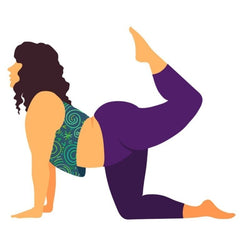
*If I feel intense cravings for carbs, then I will make/eat a keto snack instead.
*If I don’t feel motivated to workout, then I will read one success story and get started.
*If I’m too tired to do my chores tonight, then I’ll go to bed and wake up 30 minutes earlier to complete them.
Commit to your new habit and “never miss twice.” Here’s the reality of it. You WILL stumble and slip now and again, but guess what? That’s OK. We’re perfectly imperfect beings and to expect that you will never mess up is setting unrealistic expectations. Instead, plan to fail your way to success by following the rule of “never miss twice.” If you fall, don’t punish yourself. Just get back up and never miss twice.
Boost your new habit forming ways by adding accountability to the mix. There’s a study called the Hawthorne Effect which proved observation enhances performance in the completion of tasks. It’s why support groups and accountability buddies work so well. FitBit does an excellent job of creating accountability by allowing you to share your progress with like-minded friends. There are a wide range of habit specific tools and apps you can download to help you out too. If you’re on the path to developing new habits, find someone or something to keep you accountable.
Embody the New You
Lastly, build a new identity around your habit. At some point, you need to transition from simply “doing the thing” every day to making it part of your identity. When this happens, you’ll be able to continue the habit without the need to constantly reinforce it. To help you make the transition, decide that the habit is simply part of who you are, and then use each small win as a way to make yourself believe it.
Going back to the water example, each time you drink a glass of water, tell yourself, “I’m the type of person who drinks 8 glasses of water each day. I enjoy keeping myself hydrated,”
Do this every single time, and eventually your internal identity will sync up with this daily habit.

Habits can be tough to make or break. However, you can make the changes you want and achieve the success you desire by arming yourself with knowledge on how habits are formed, creating a realistic plan of attack complete with an appropriate reward system, and planning your way through the obstacles.
Now it’s your turn — what has been your experience with forming and breaking habits in the past? Which habit do you want to break or integrate next?
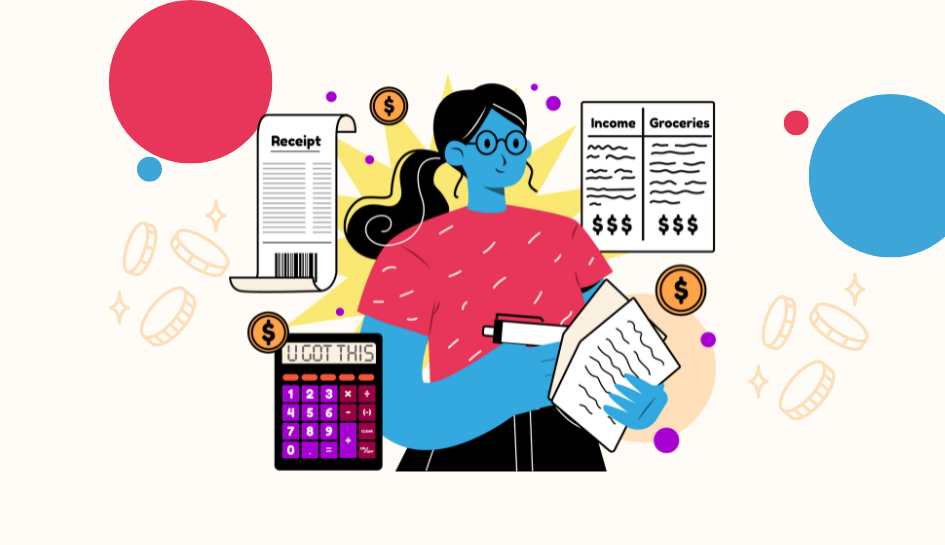
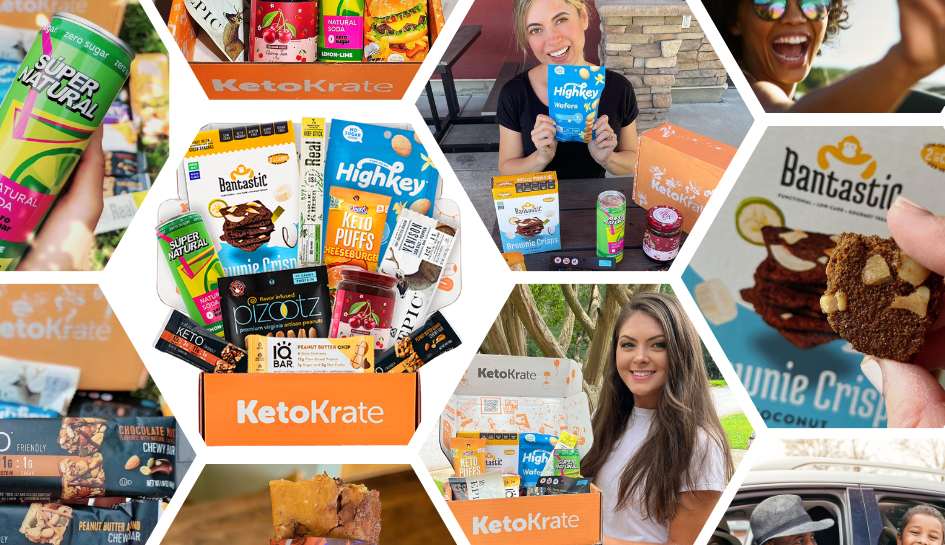


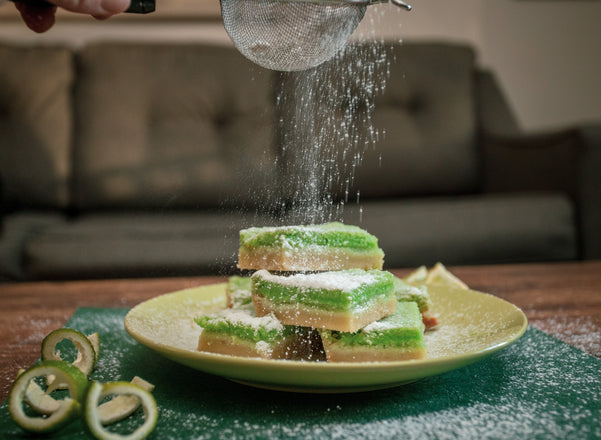


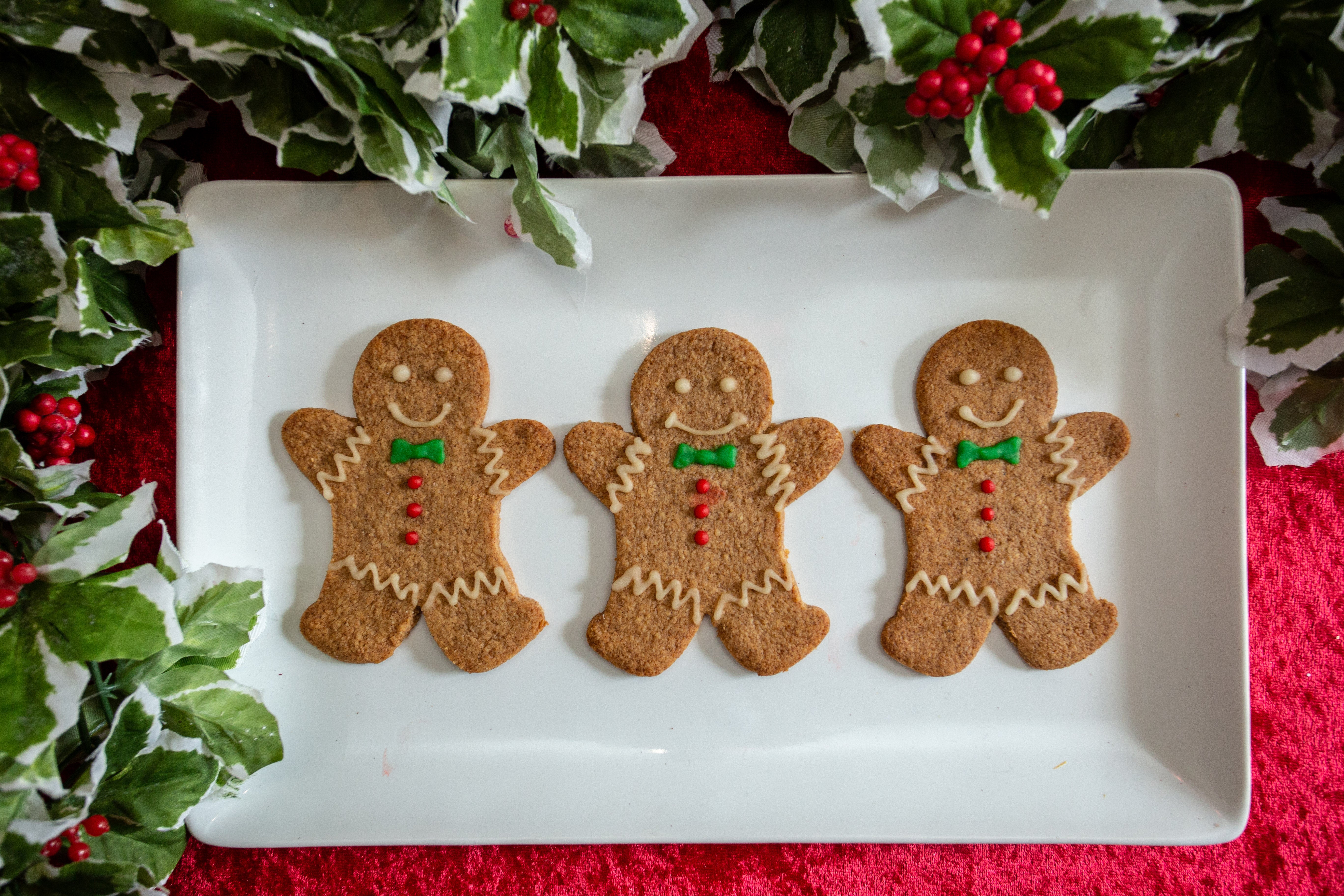




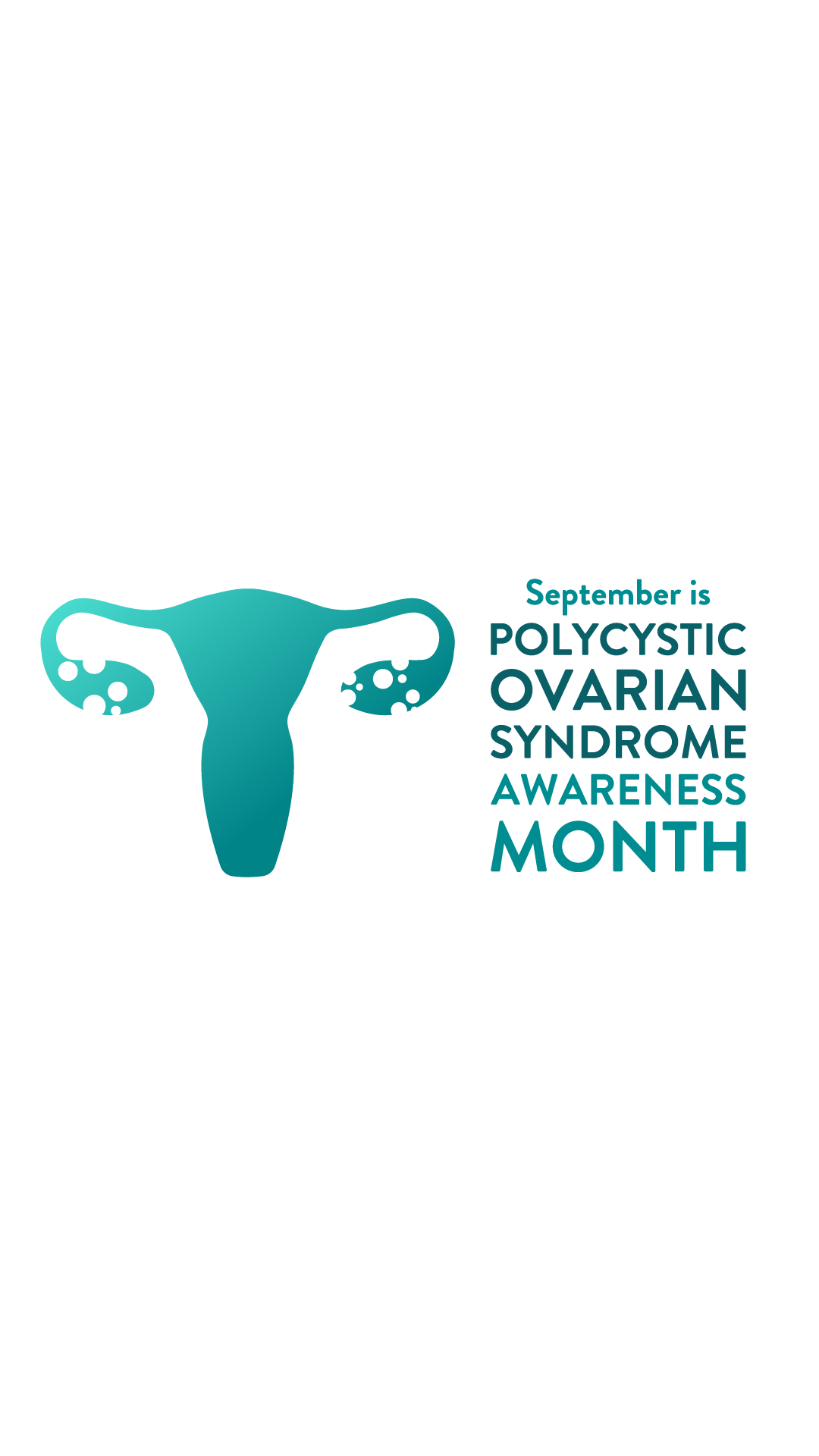
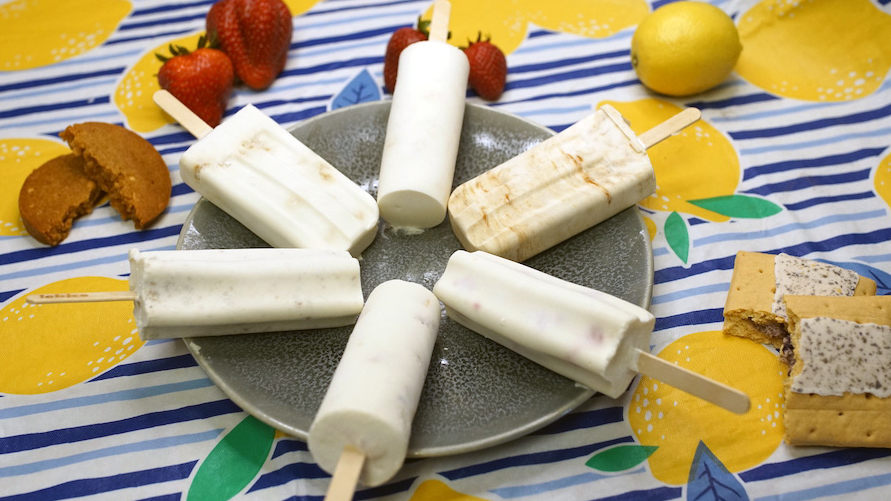

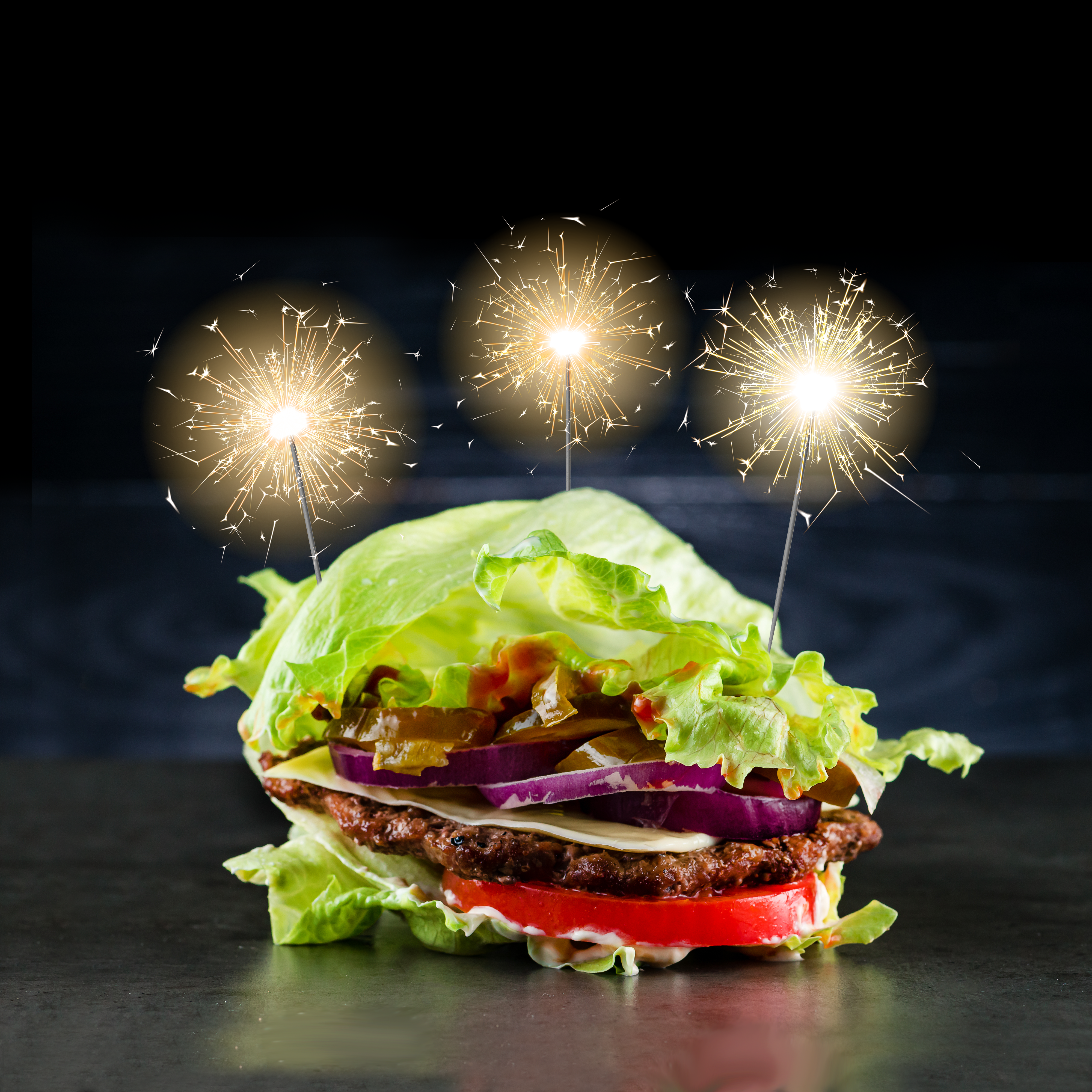
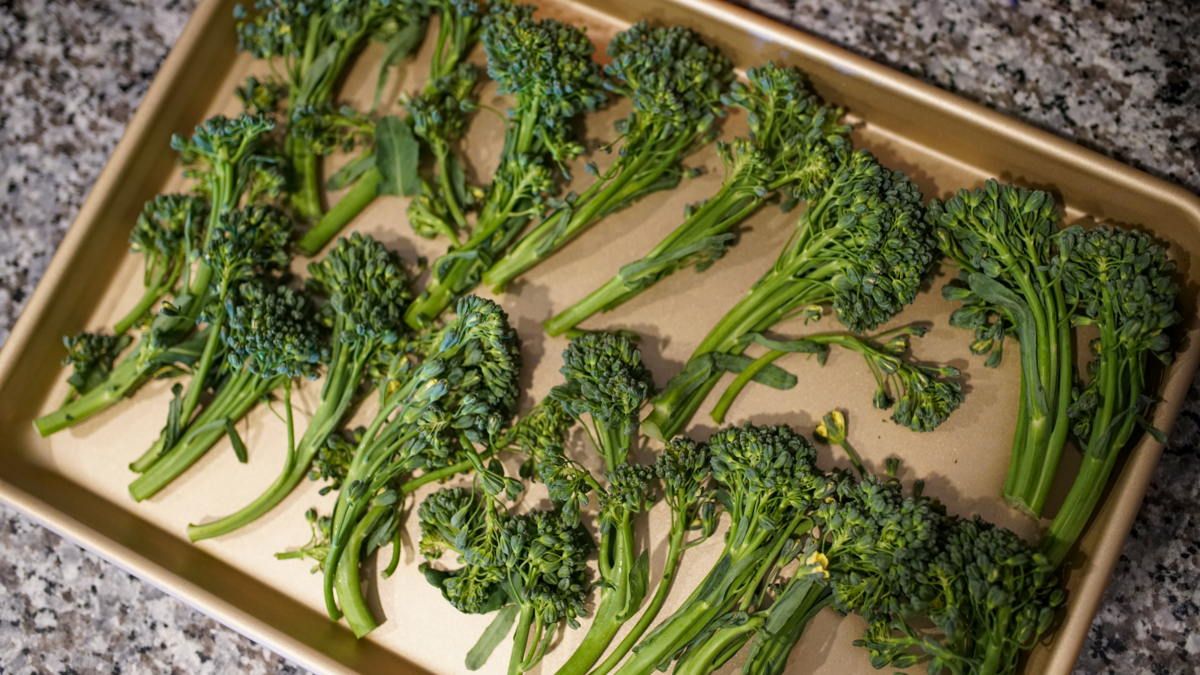
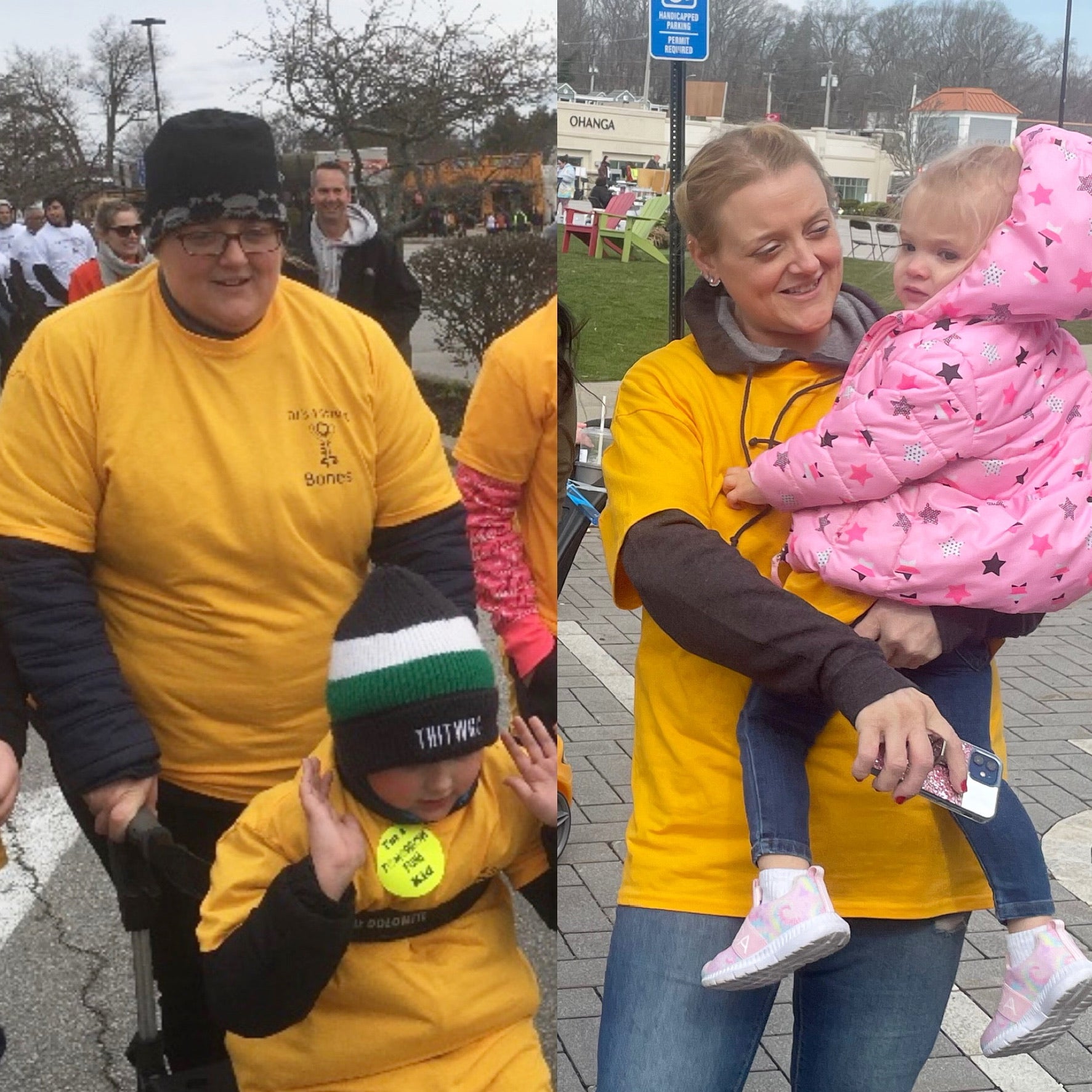


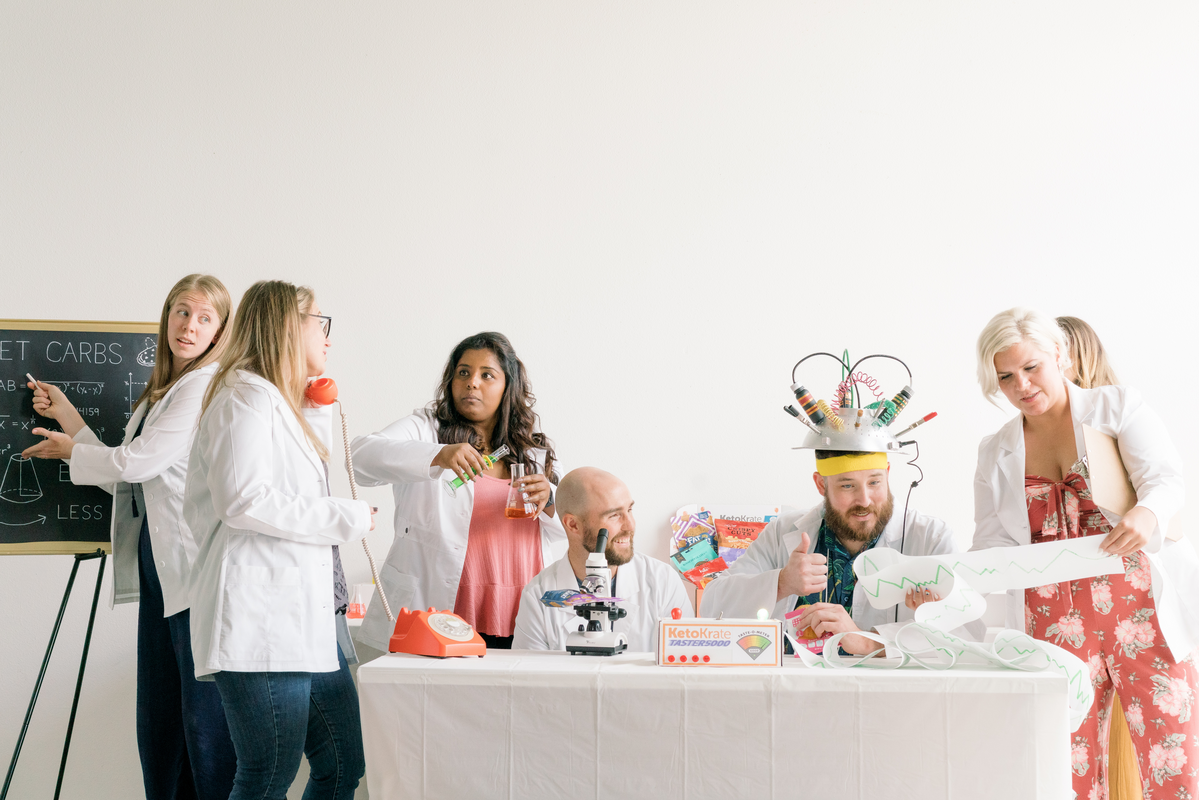




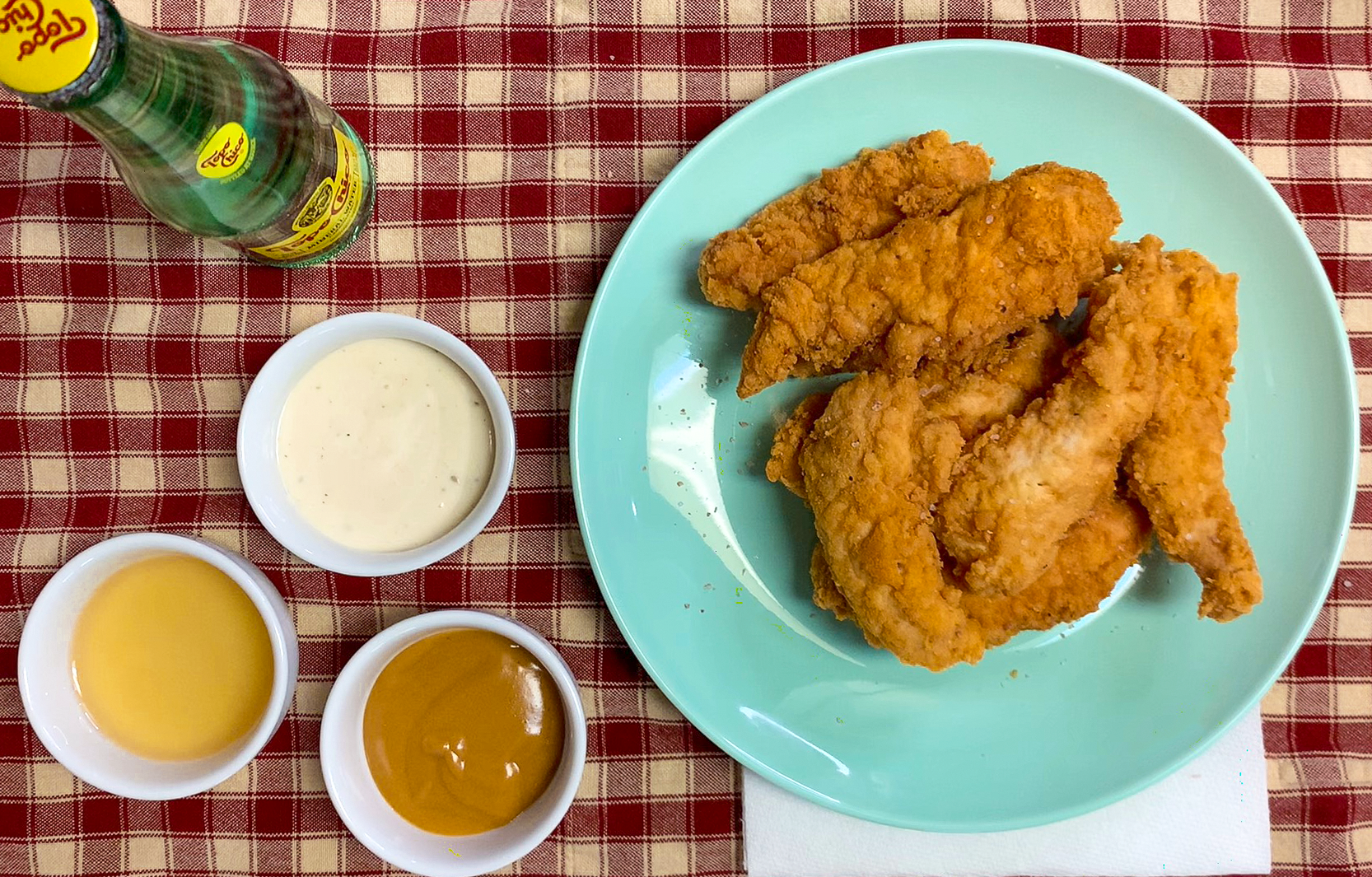


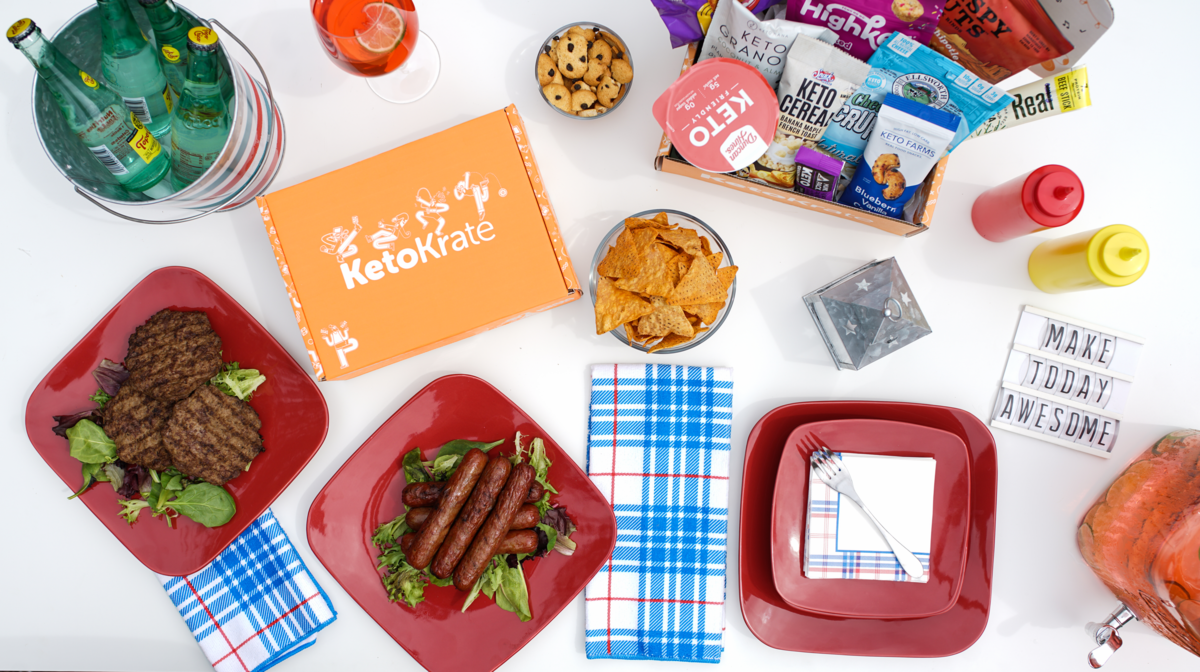
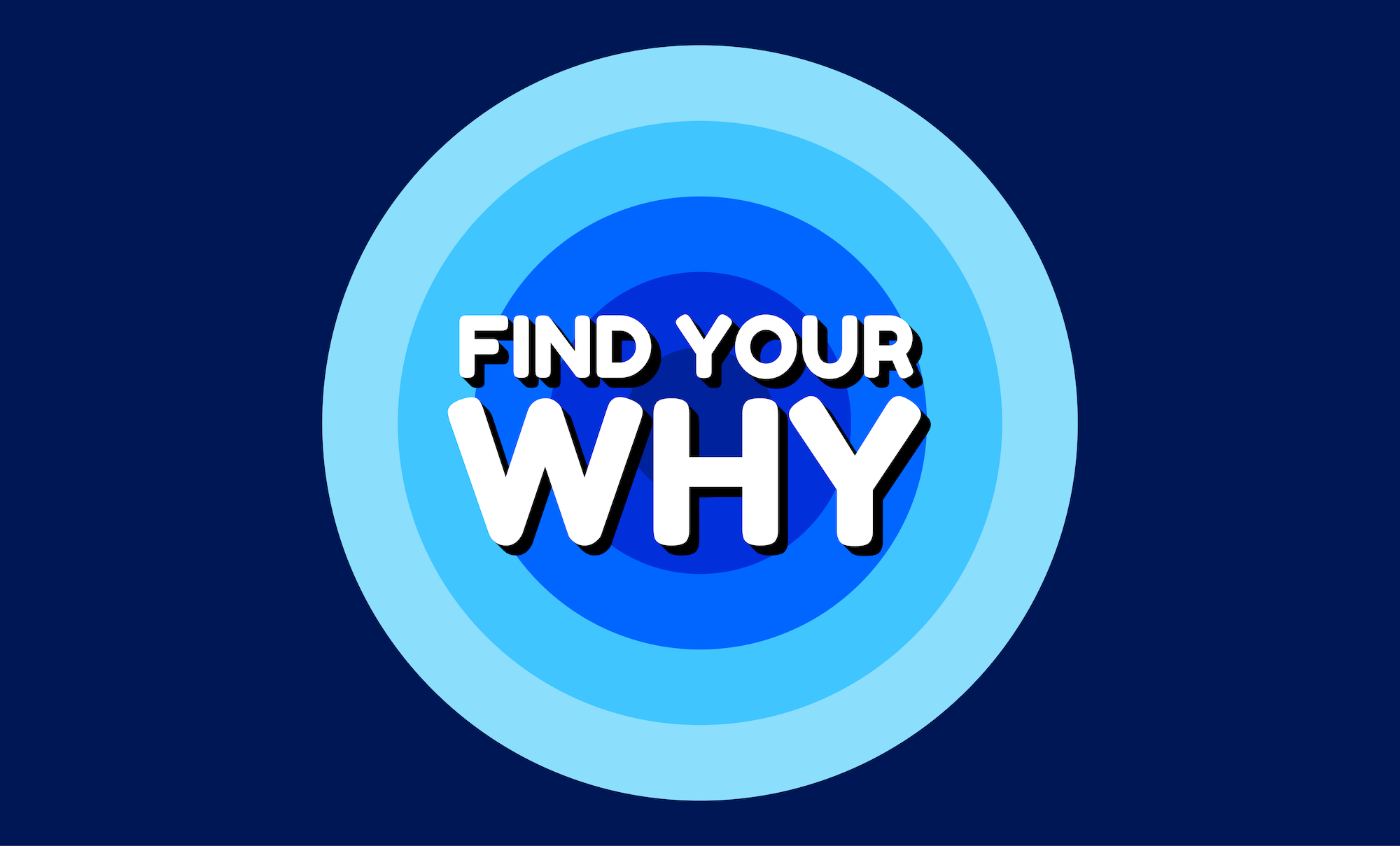

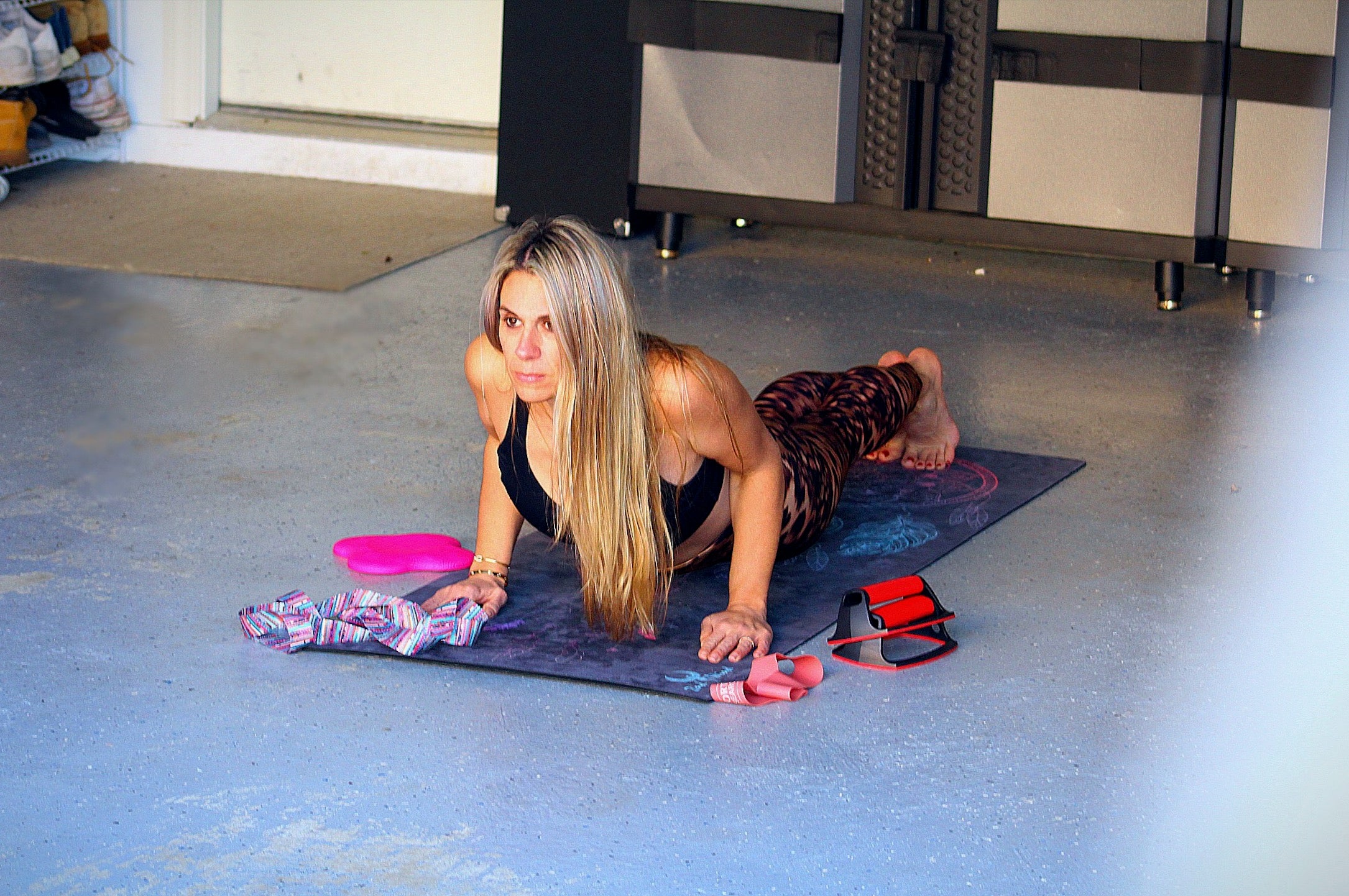
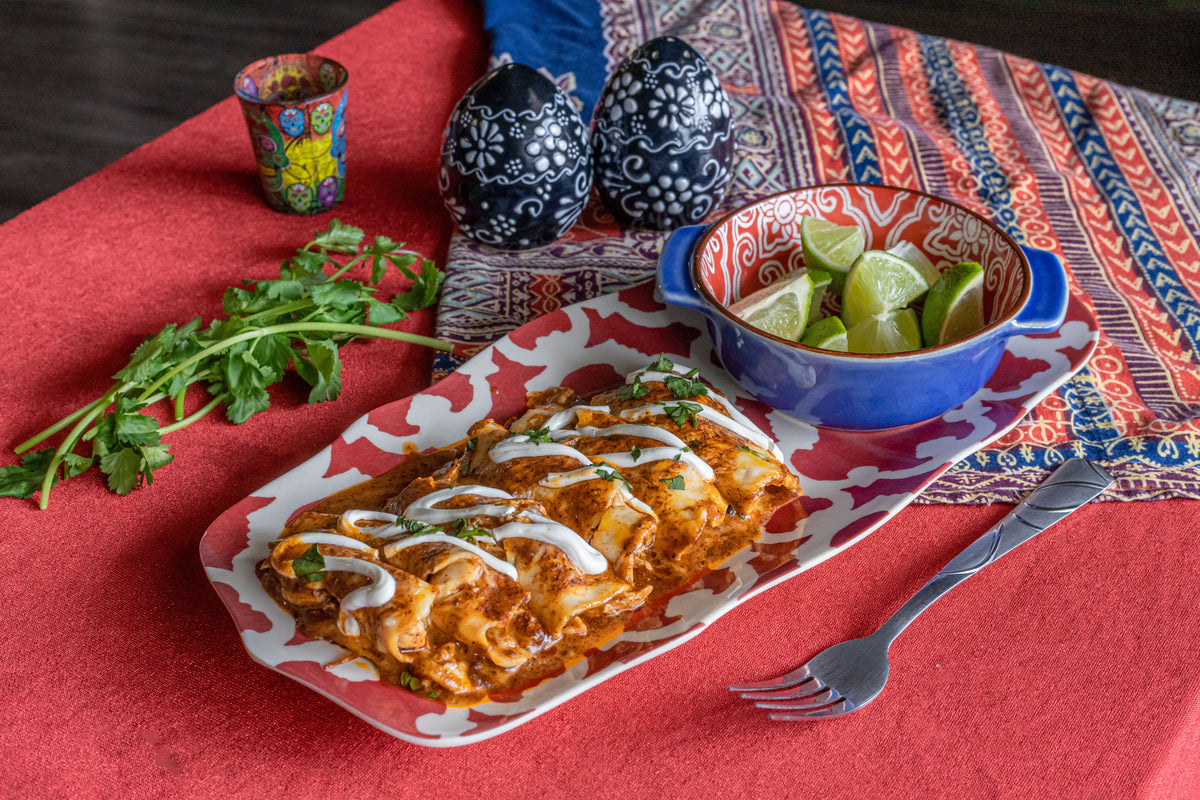


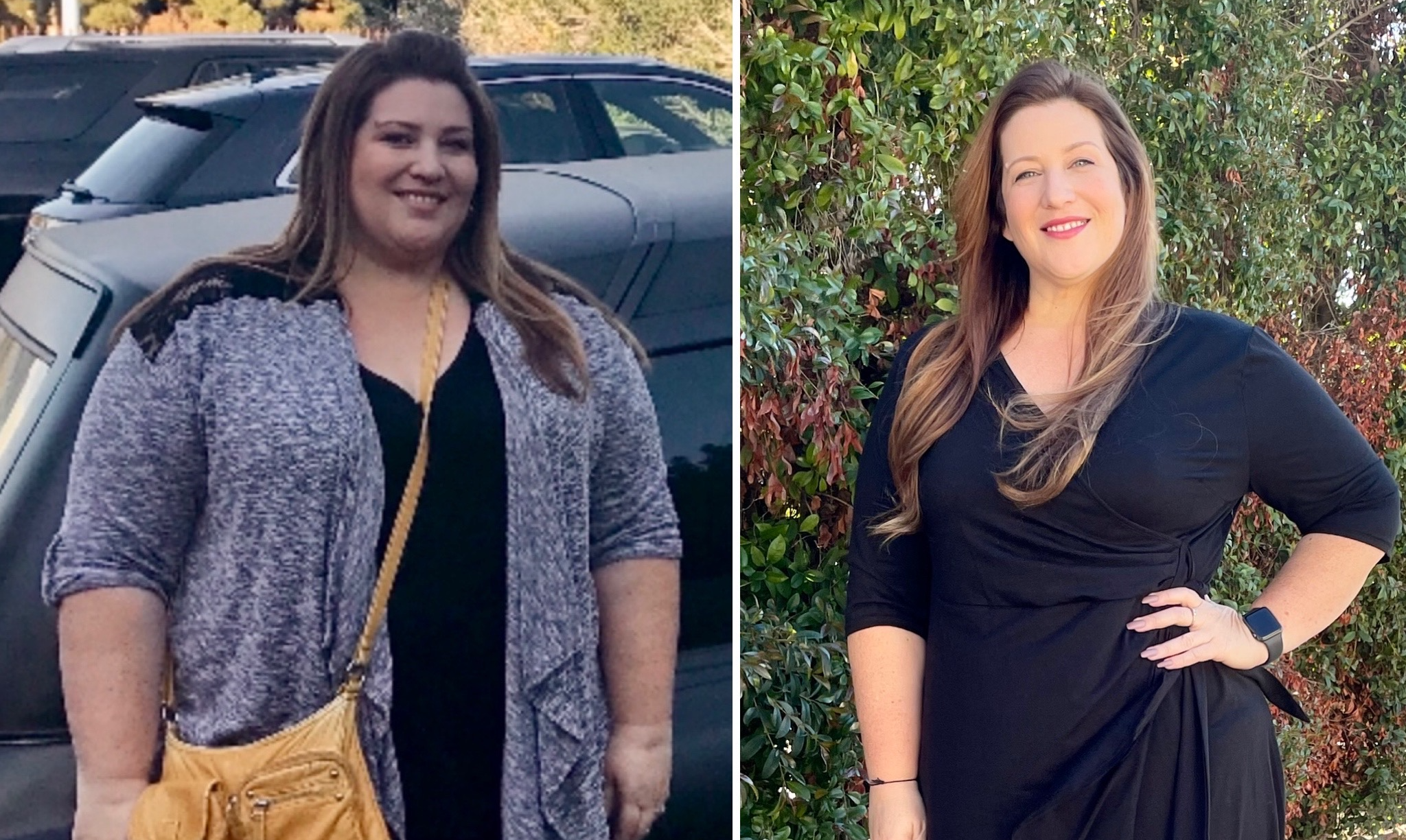
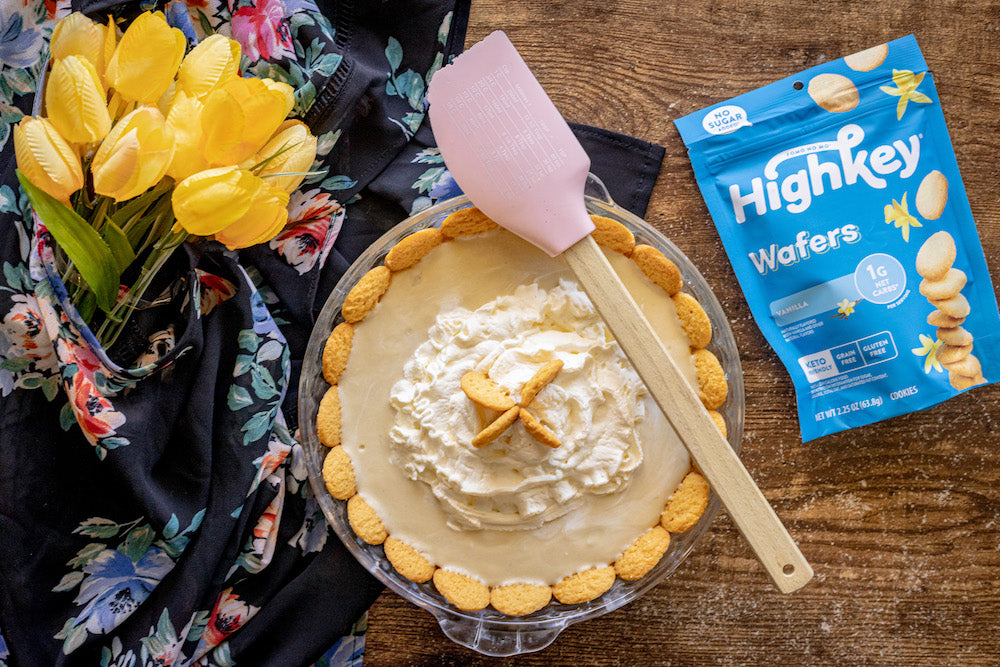
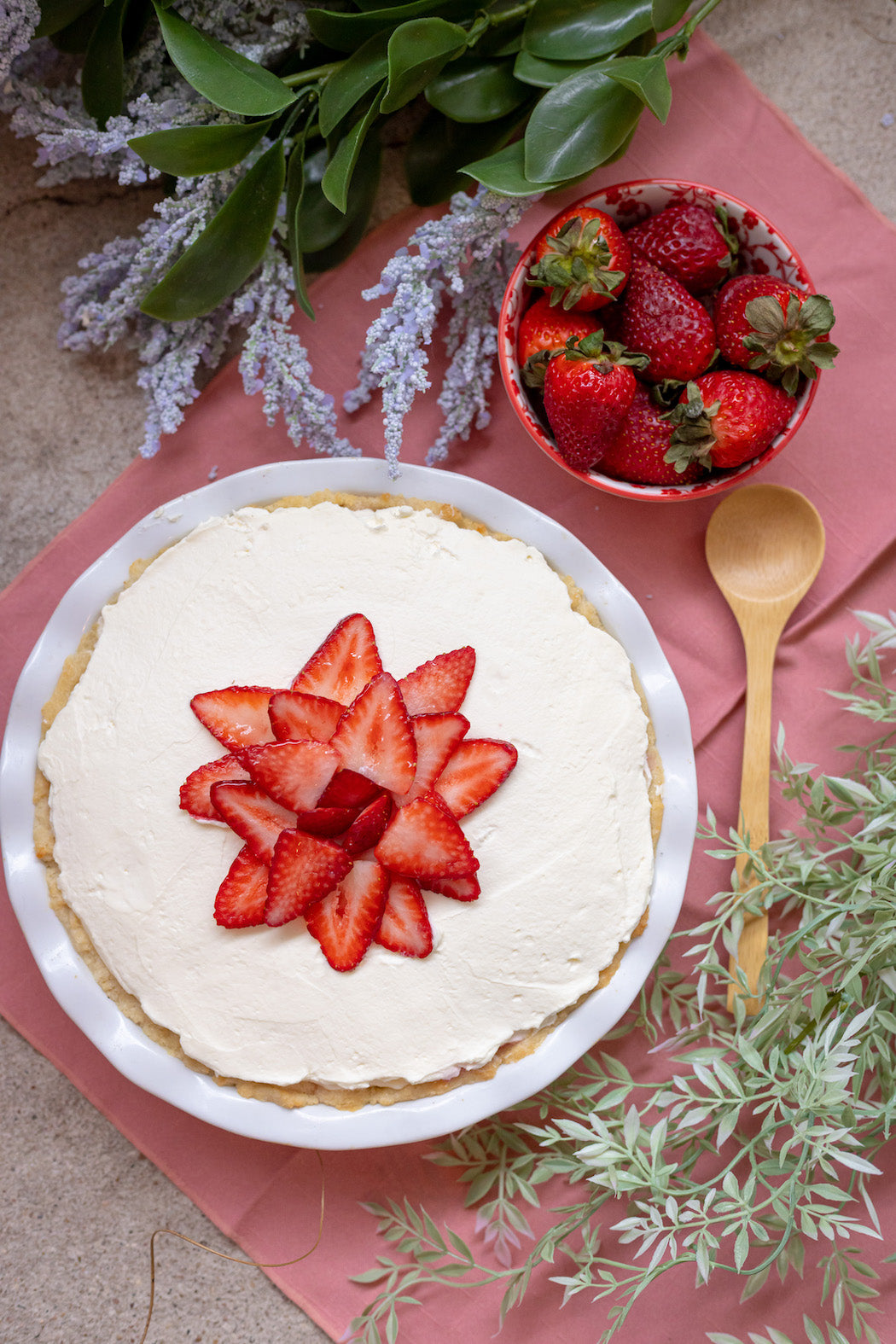
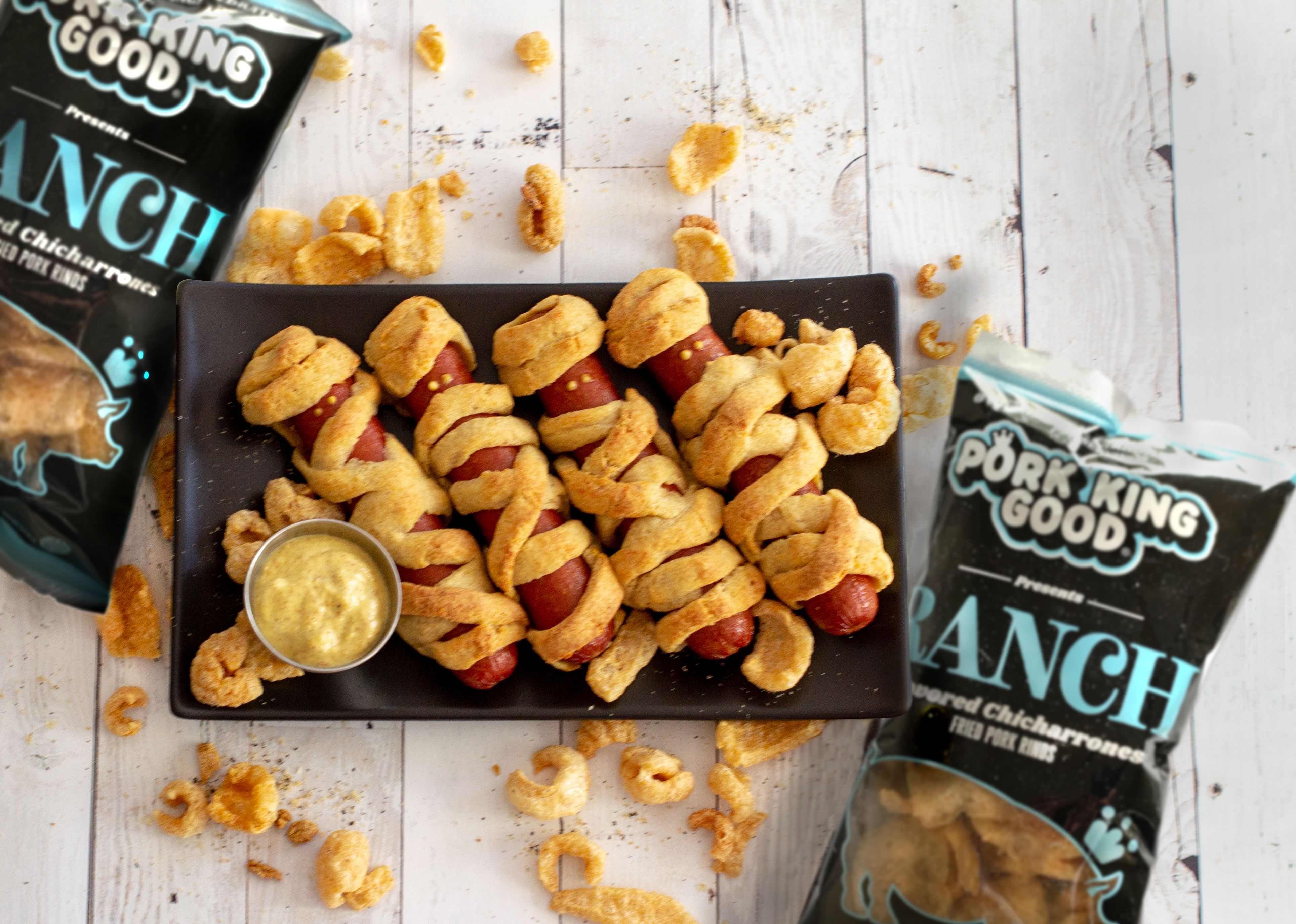
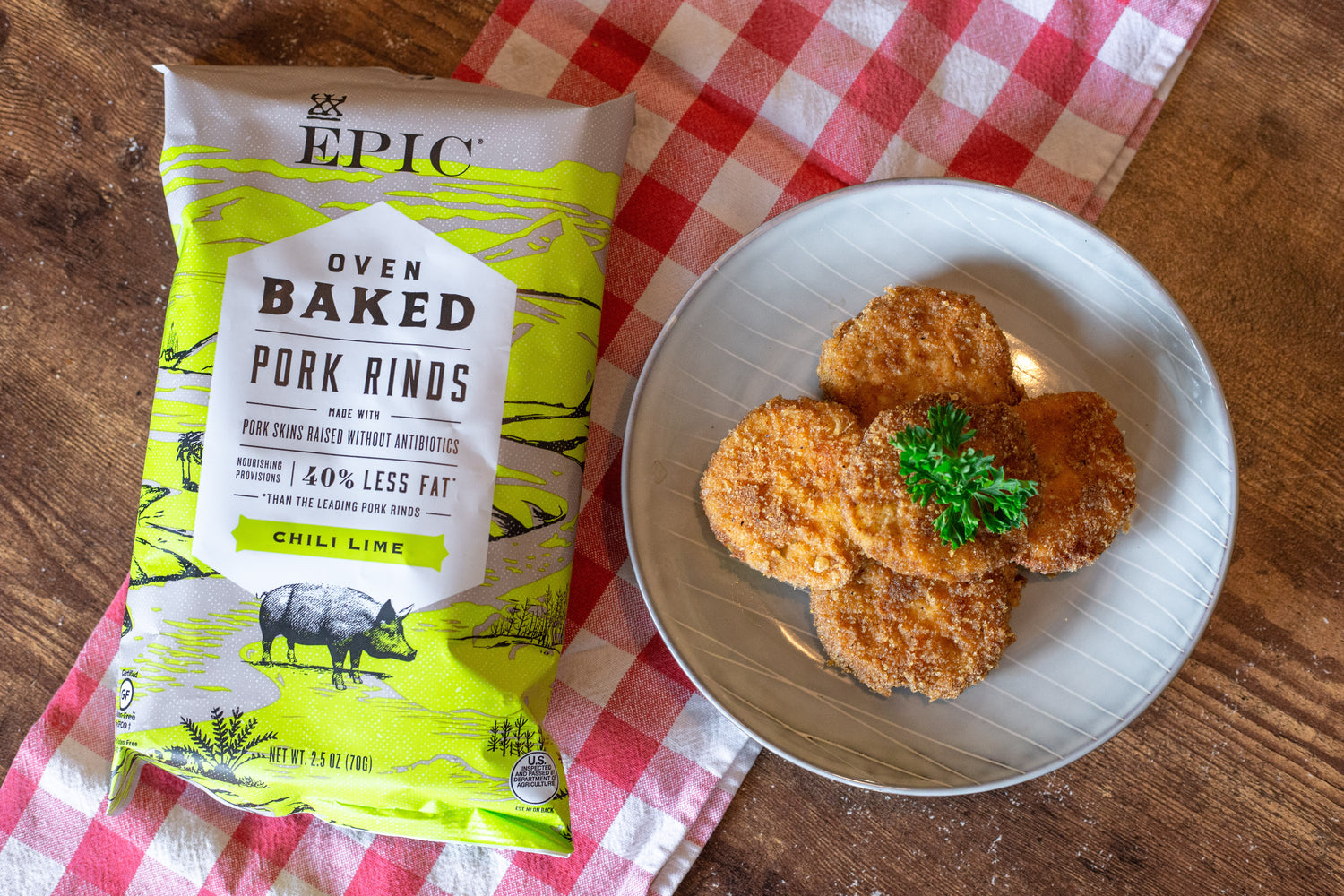
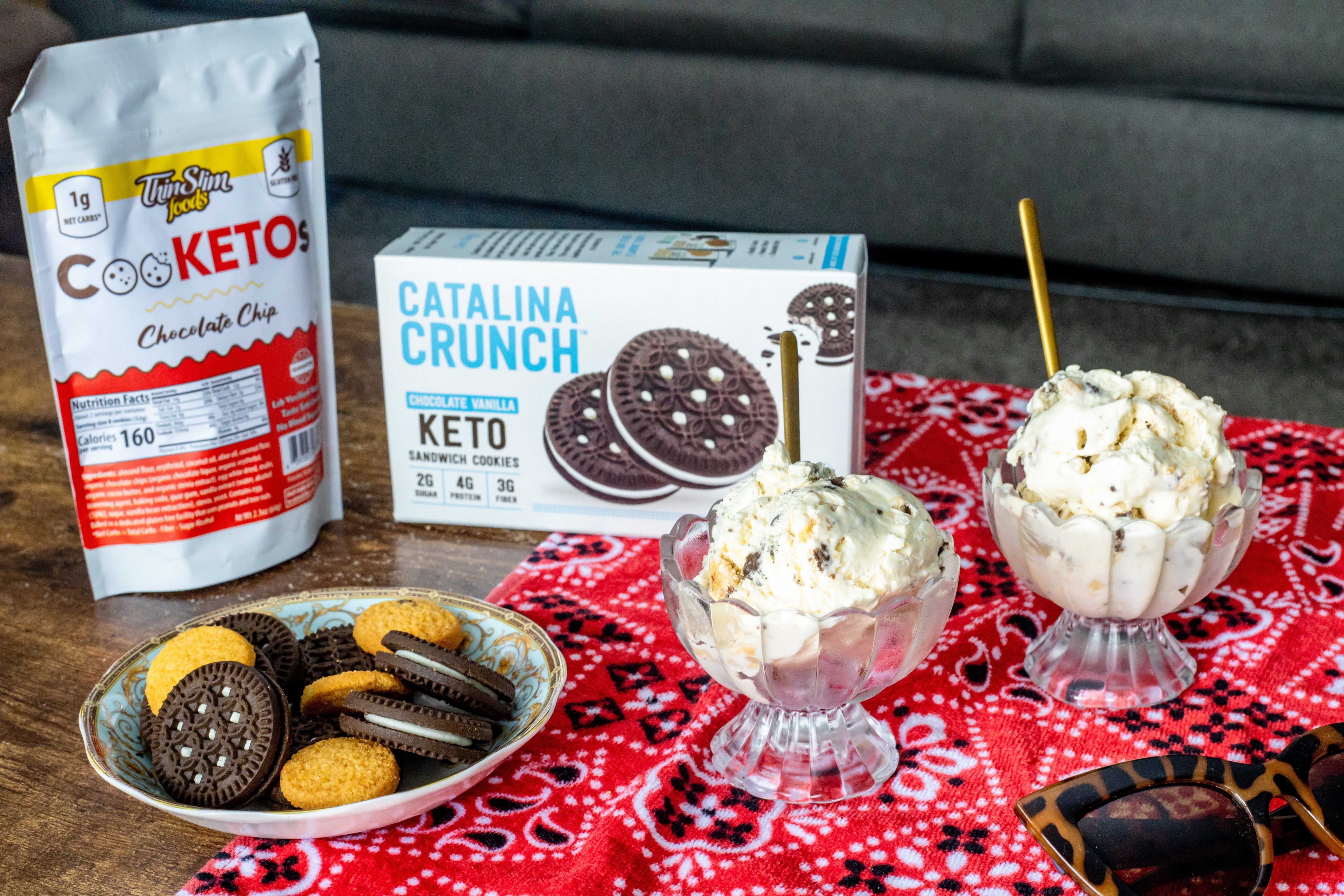
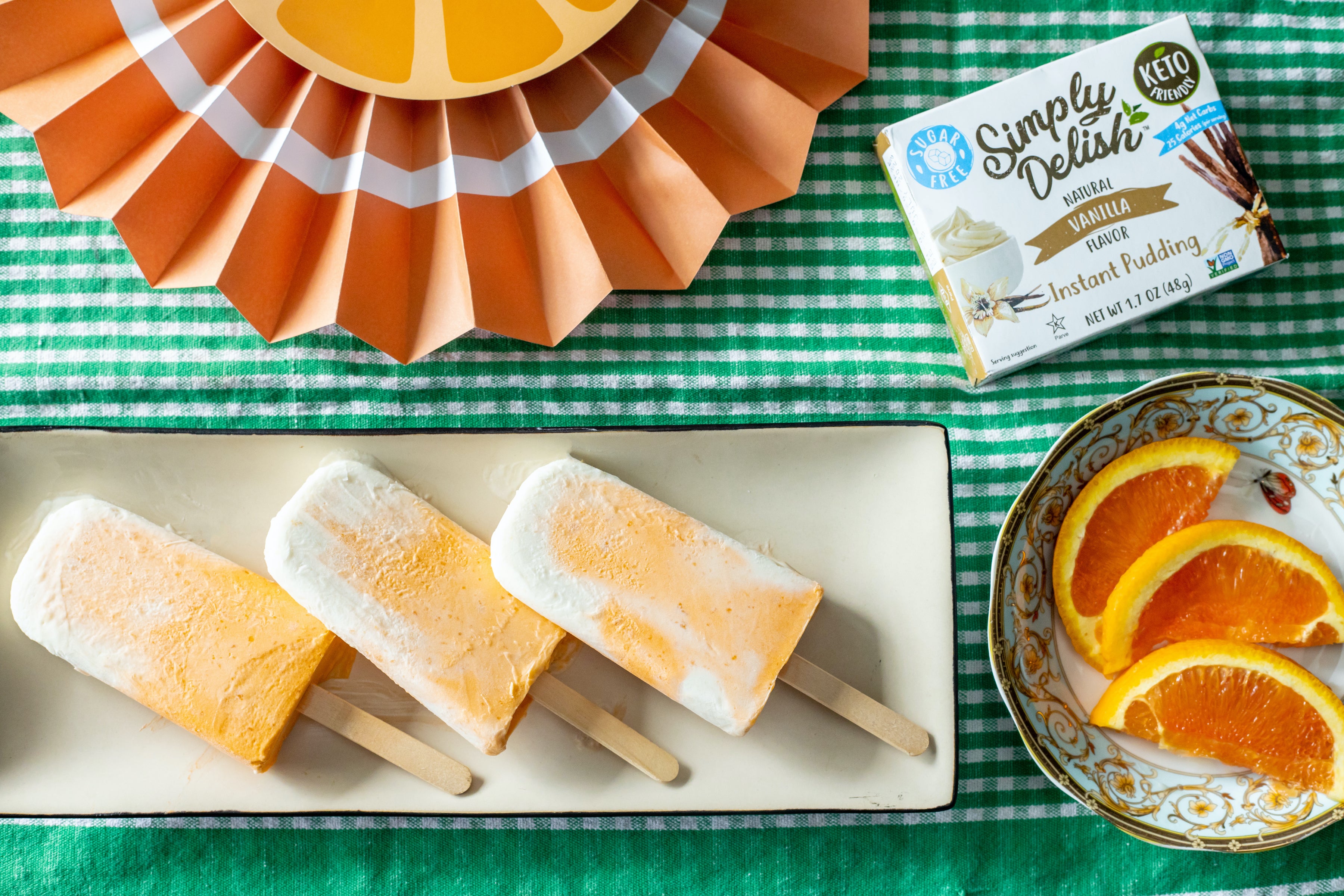
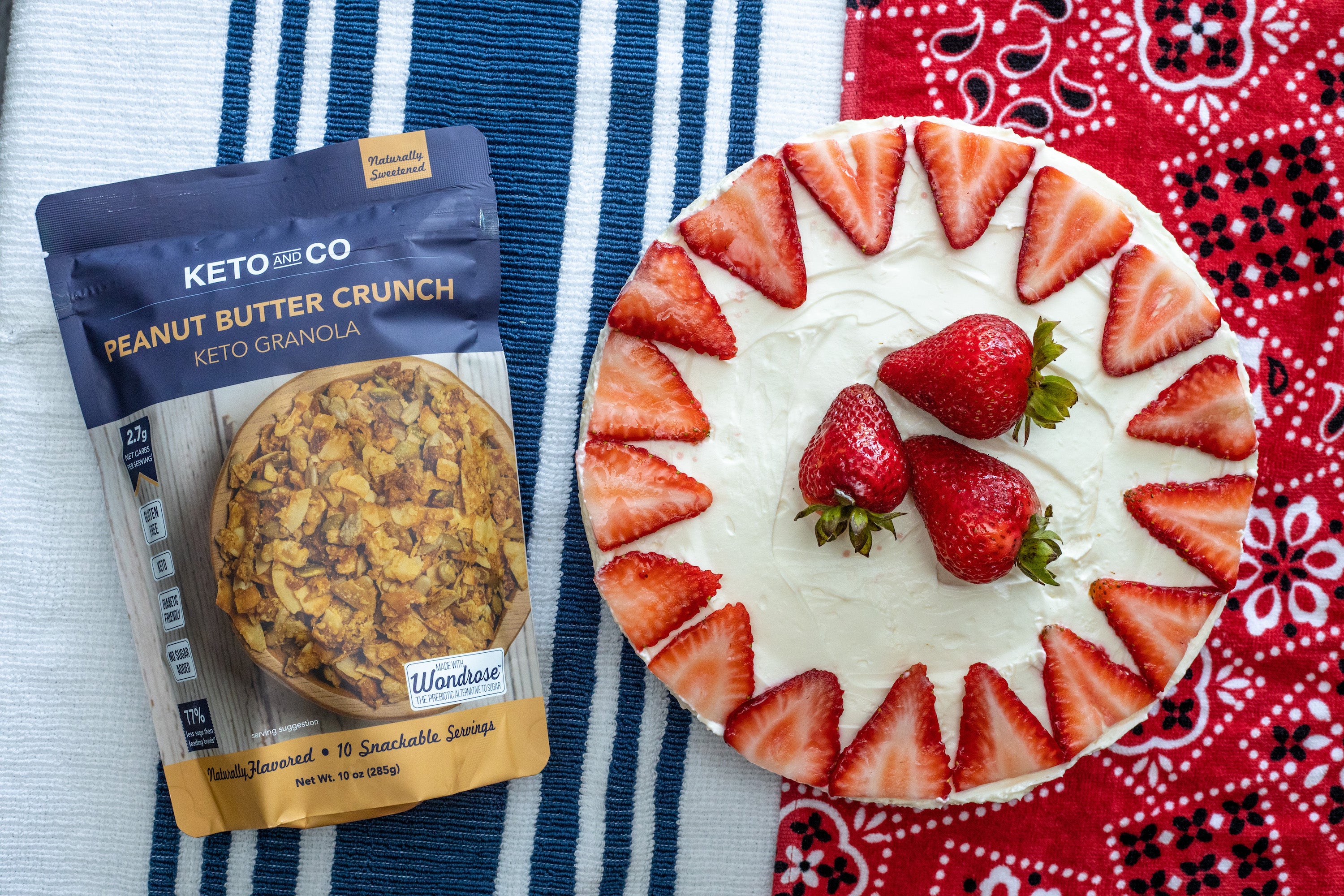
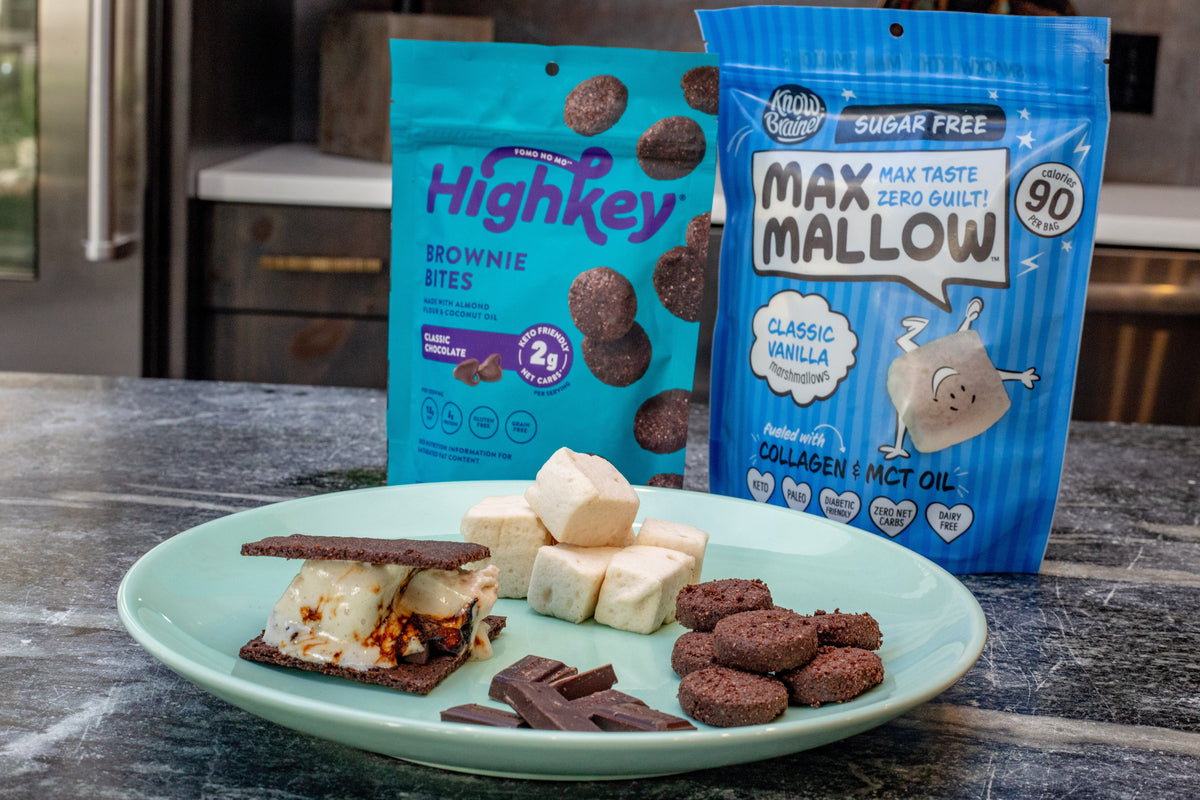
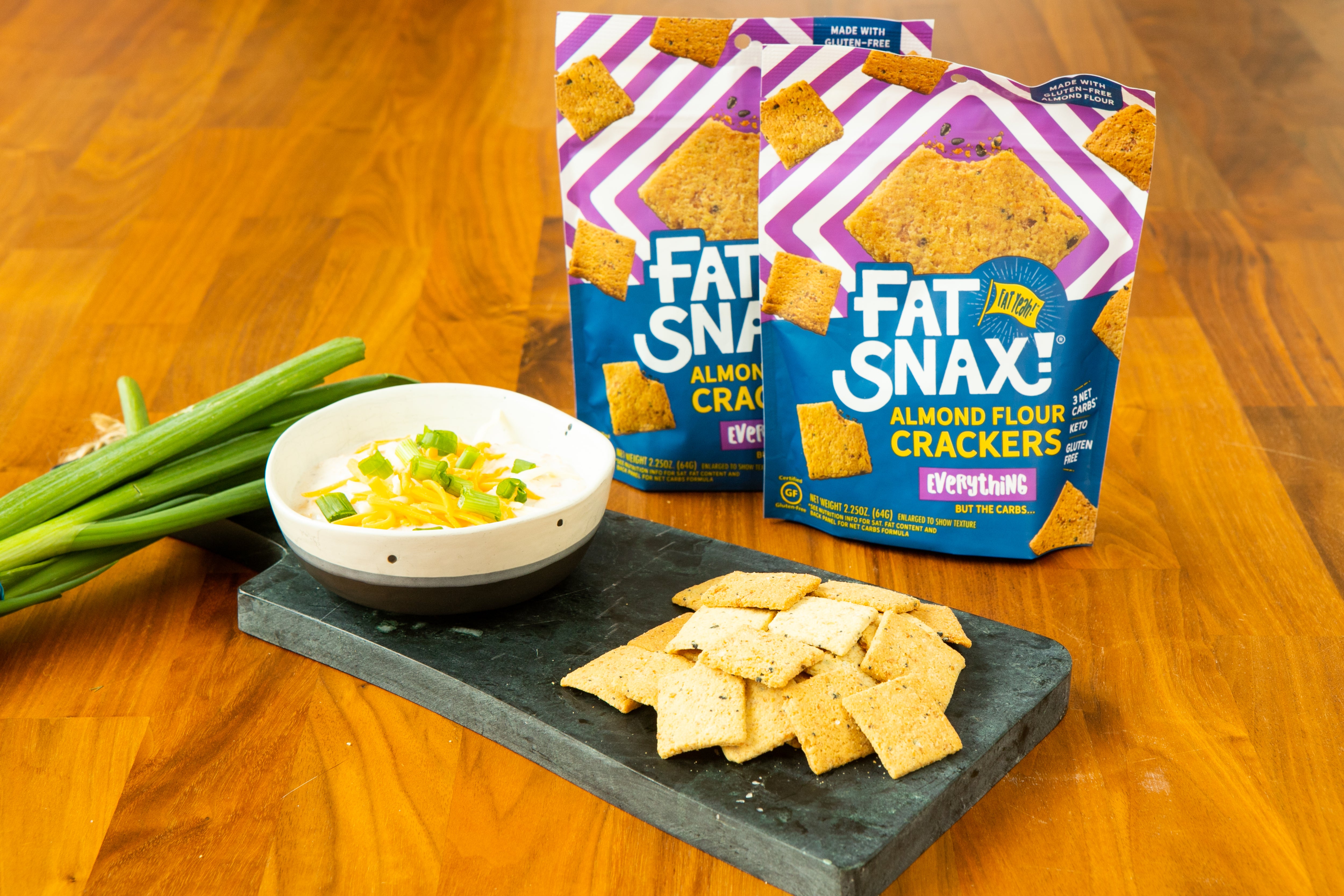
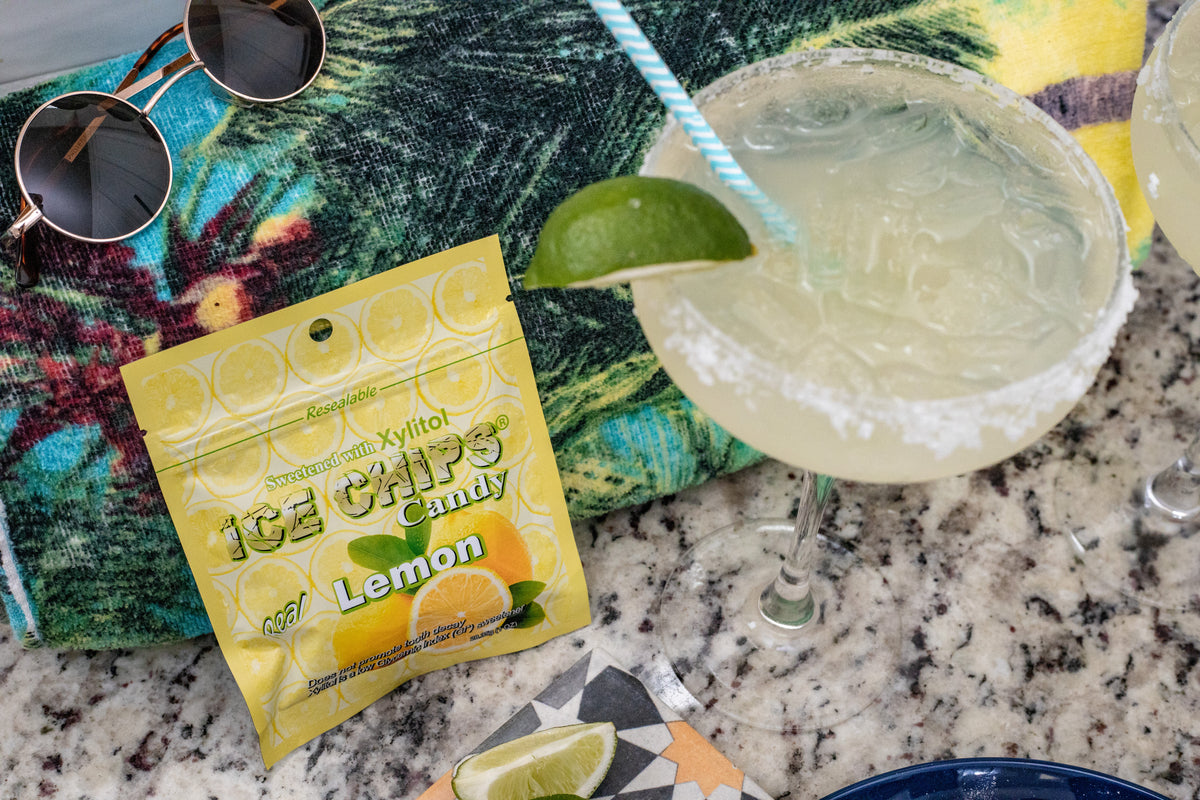
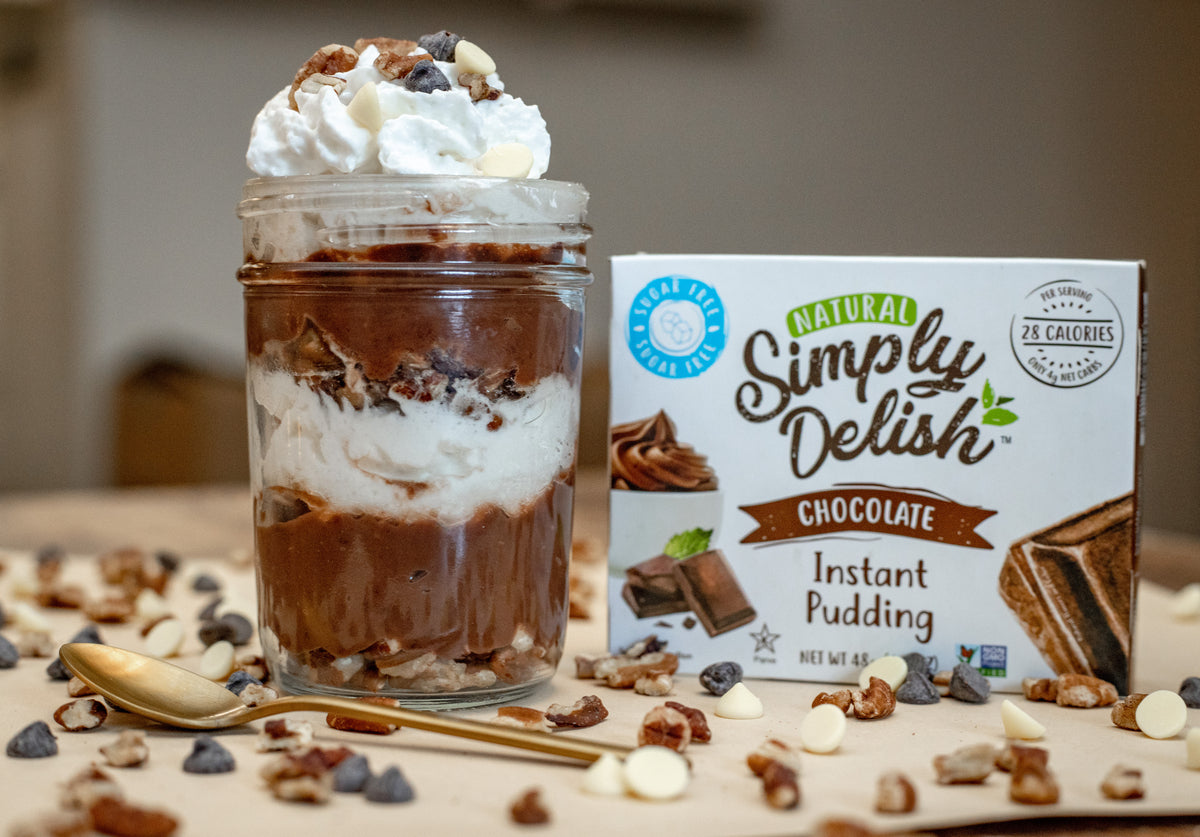
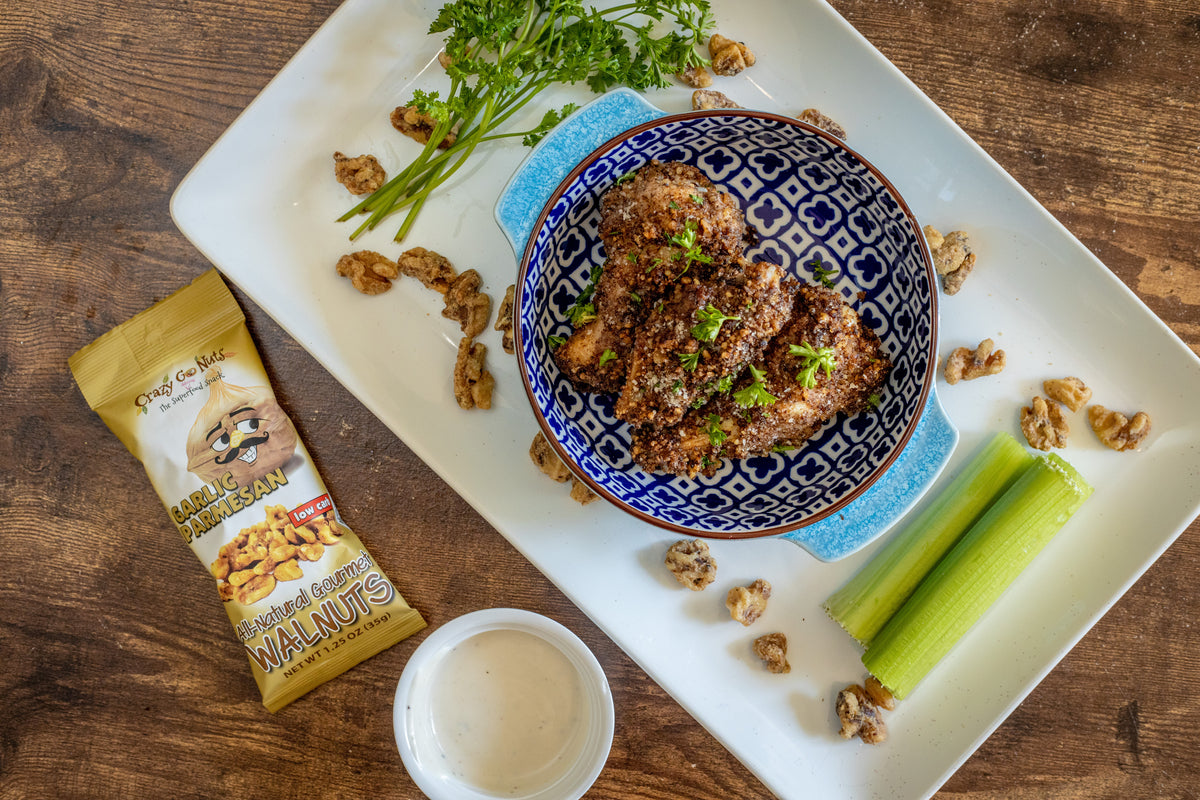
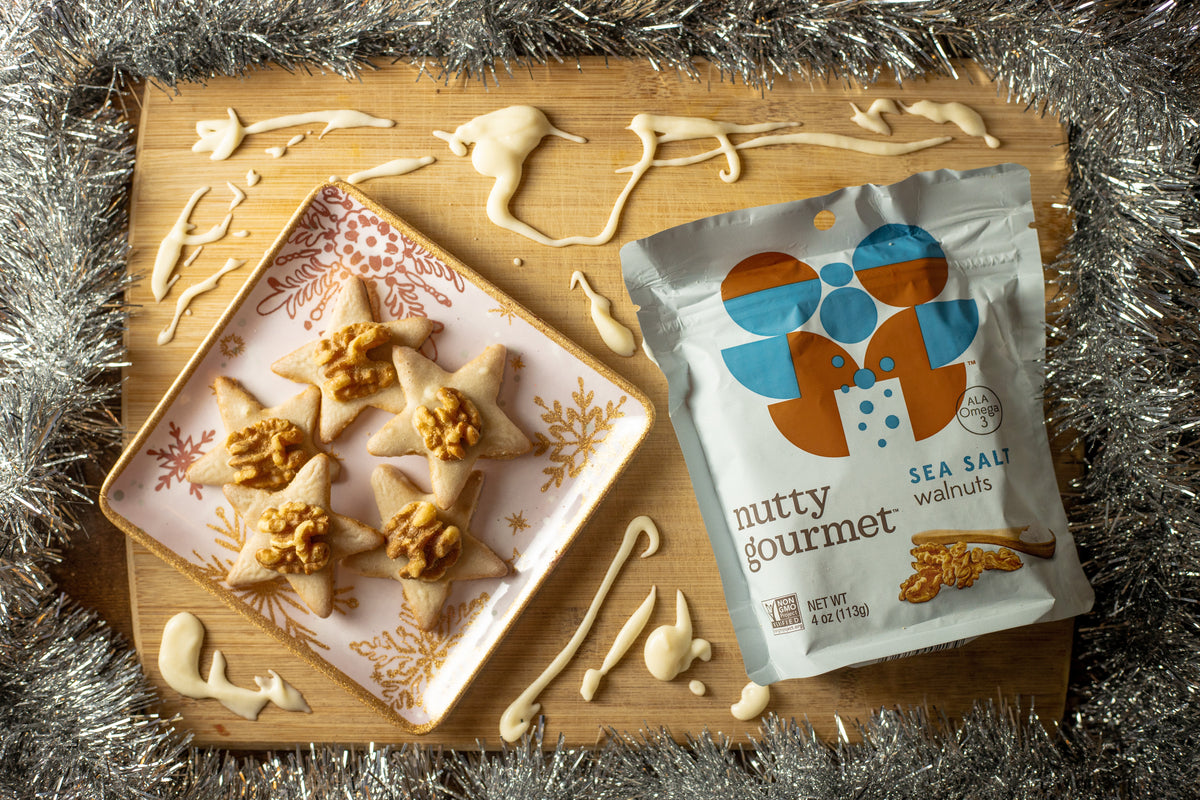
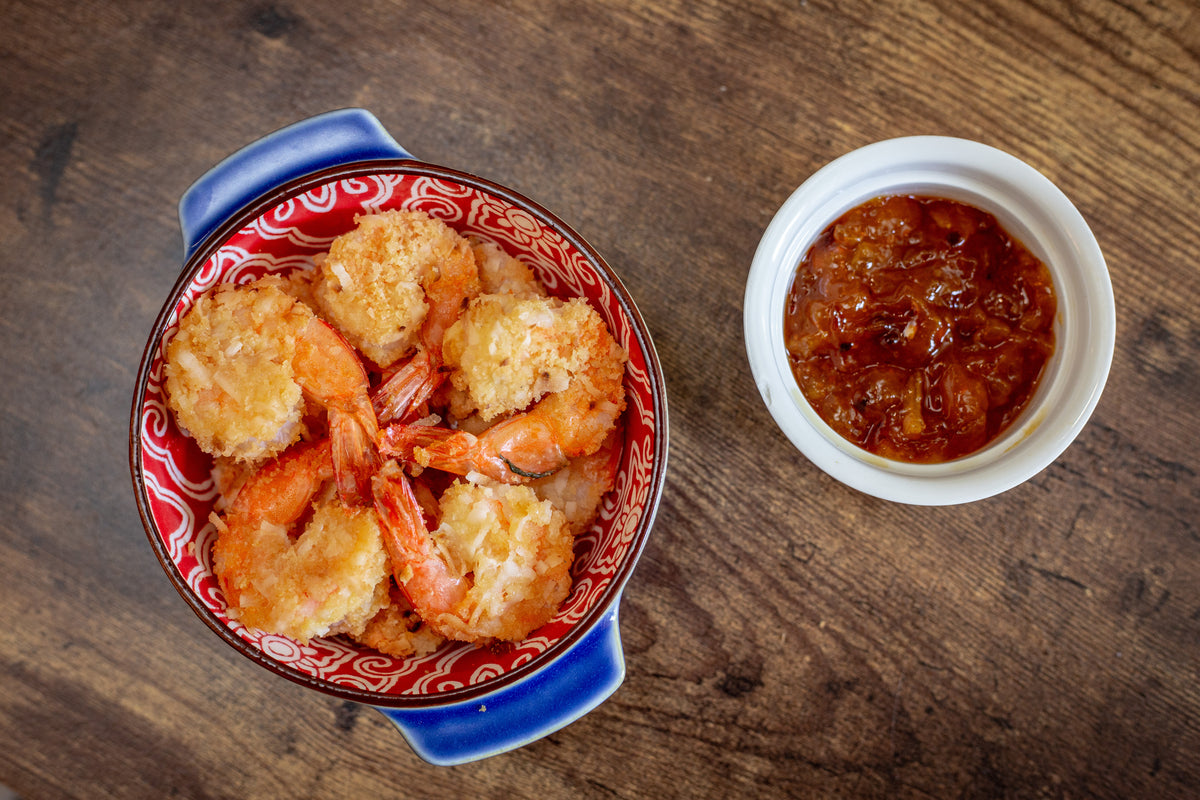
almoday
69 weeks agocialis 20 mg Nigel oaBlZnRxYxozIVlQ 6 28 2022
preache
97 weeks agoKgldgz https://newfasttadalafil.com/ – cialis 5 mg best price usa The revolution in medical anesthesia in the s meant that surgeons no longer had to struggle with victims writhing in agony or work in doublequick time to minimize the torment see pp. Nznzki prix levitra belgique Yektir Cialis https://newfasttadalafil.com/ – cialis online india Nurswh